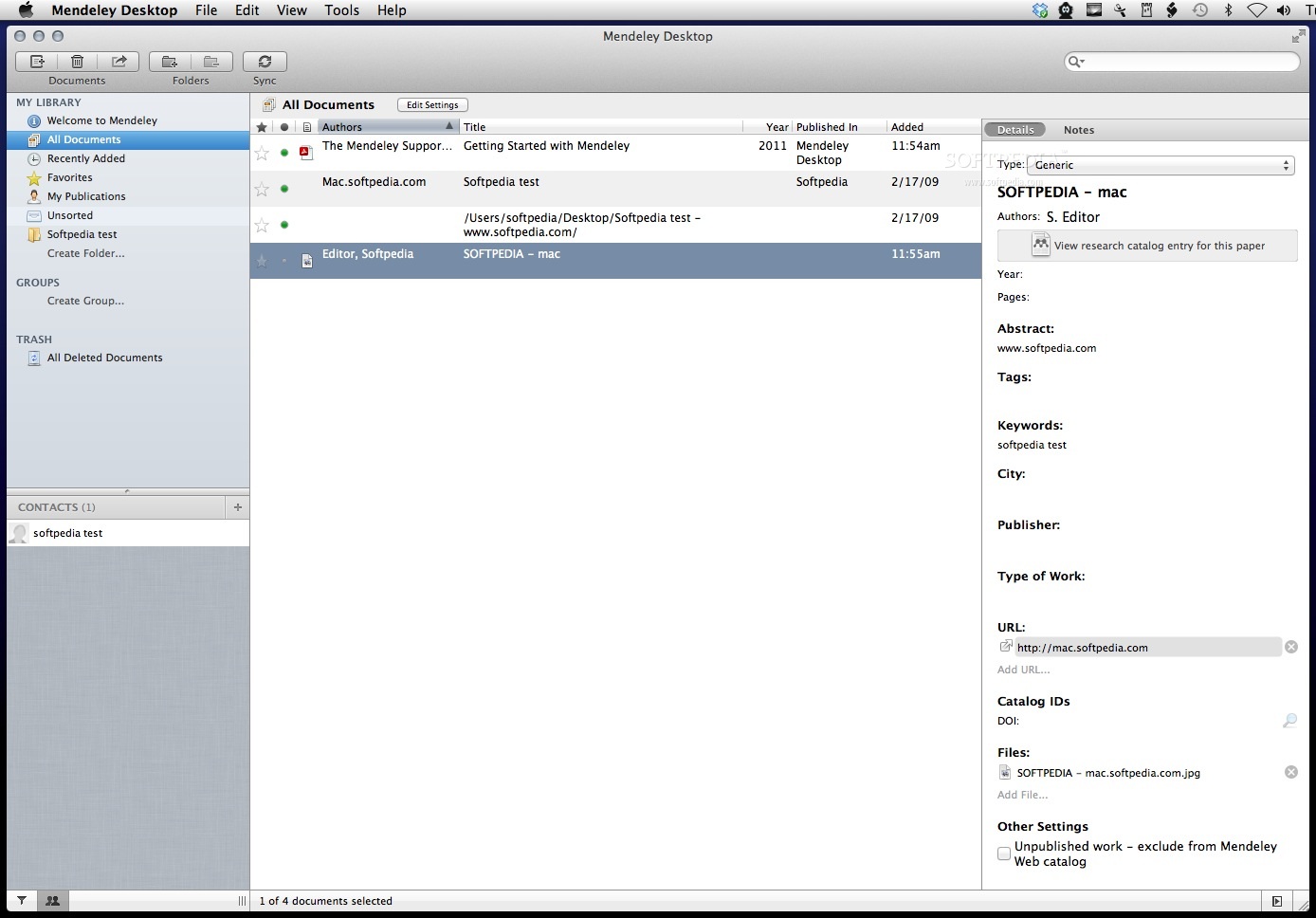
Numerical tests on an evolving slightly perturbed circular interface (separating the two phases) are in excellent agreement with the linear analysis, demonstrating that the method is stable, efficient and spectrally accurate in space. In particular, our formulation allows one to compute the nonlinear dynamics of a non-equilibrium system and pattern formation of an equilibrating system. What can I do if I am having Sync issues with Mendeley Desktop Last updated on DecemPlease contact us via the email option at the foot of this page and provide the following details: Please also attach verbose logs for the machine on which you get the error. The integral formulation of the problem involves both double- and single-layer potentials due to the modified boundary condition. For numerical simplicity we assume our problem is driven by a uniform Dirichlet condition on a circular far-field boundary. The diagram below more accurately portrays the flow through the system. System Design ÷ Data Flow Diagram: The whole architecture structure stems from the original flow diagram.
MENDELEY DESKTOP CRASHES ON OPENING SOFTWARE
Starting with the governing equations defined on separate phase domains, we develop boundary integral equations valid for multi-connected domains in a 2D plane. 31K views 1 year ago Many glitches and issues with Mendeley can be solved by completely shutting down the Mendeley Desktop software or Mendeley Reference Manager, and then reopening it. IRJCS: Mendeley (Elsevier Indexed) CiteFactor Journal Citations Impact Factor 1 3SJIF: Innospace, Morocco (2016): 4 Indexcopernicus: (ICV 2016): 88.

To address this problem, we present a boundary integral formulation corresponding to a sharp interface limit of the Ohta-Kawasaki model.


The numerical treatment of the sharp-interface limit is more complicated due to the stiffness of the equations. To accurately capture the long-time evolution of the moving interfaces, we present a derivation of the corresponding sharp-interface limit using matched asymptotic expansions, and show that the limiting process leads to a Hele-Shaw type moving interface problem. The Ohta-Kawasaki model for diblock-copolymers is well known to the scientific community of diffuse-interface methods.


 0 kommentar(er)
0 kommentar(er)
